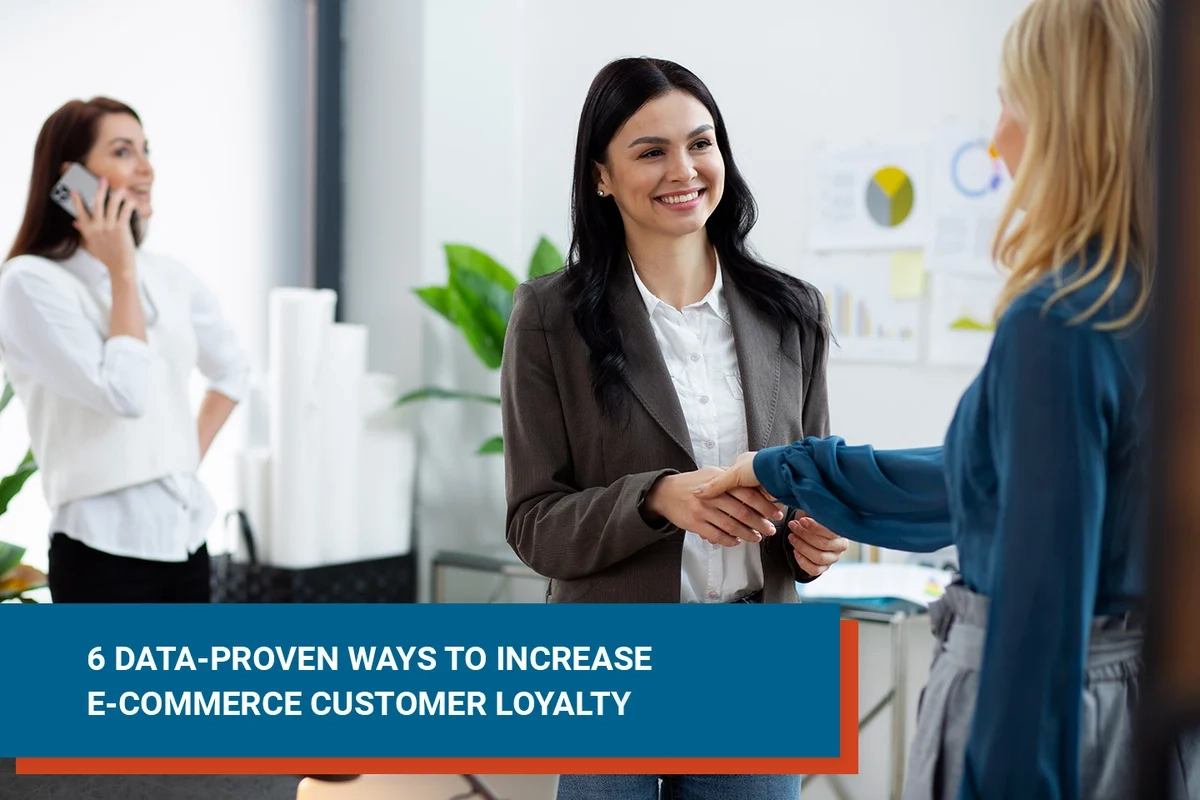6 Data-Proven Ways to Increase E-Commerce Customer Loyalty in 2021
 Igor Krasnykh
·
8 minute read
Igor Krasnykh
·
8 minute read
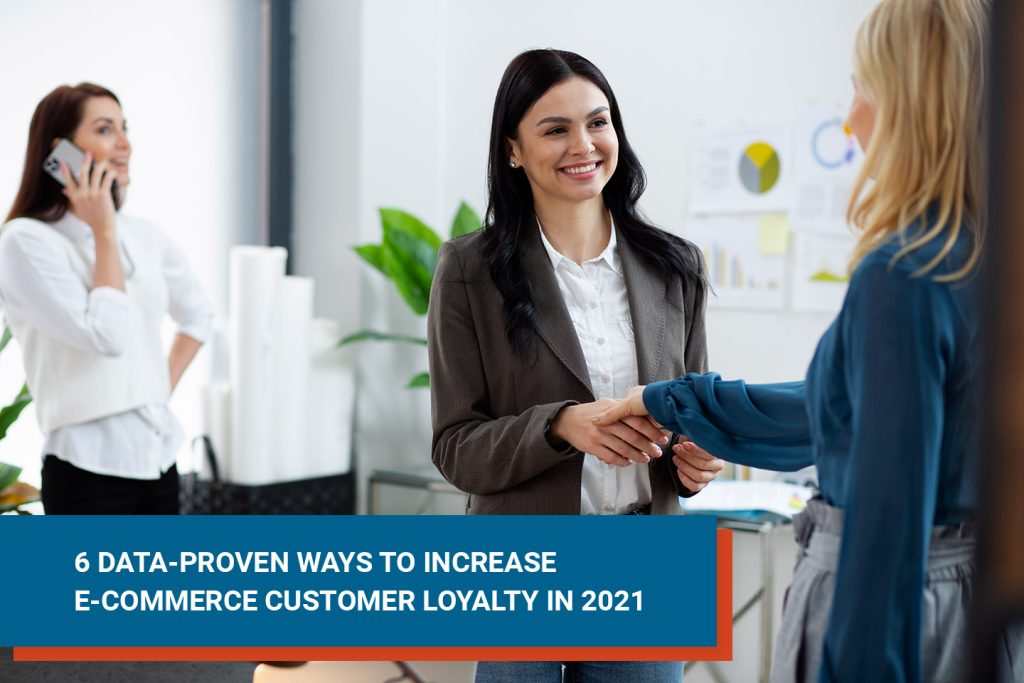
Table of Contents
If you are involved in an e-commerce venture, you know customer acquisition is only half the battle. Once you have won someone’s business, you must have a plan in place to keep it.
This article is for you if:
- You’re looking for innovative ways to keep customers doing business with your brand
- You’re in search of ideas for loyalty programs
- You would like to speak to an eCommerce expert to see what options will work best for your business
1. Lean into Emotional Loyalty

- Storytelling
- Authenticity
- Commitment to Brand Promise
- Affinity is when a customer receives personal attention while shopping, whether in person, over the phone or online. Affinity can be achieved through welcome messaging, easy navigation, triggered communication, personalization, tailored surprises.
- Attachment is when a customer is recognized and awarded for repeat business. Attachment can be achieved through welcome-back messaging, cached data, light personalization, loyalty programs (more details in next section), return visit offers, relevant content pushes and appreciation outreaches.
- Assurance is when a customer feels a brand lived up to its promises. Assurance can be achieved through quality, accuracy, timeliness, responsiveness, consistency, published guarantees and resolution commitments.
- Advocacy is when a customer is eager to share their positive experience. Advocacy can be achieved by ratings/reviews, like/share options, social strategies, influencer strategies and closed-loop feedback.
2. Start a Customer Loyalty Program
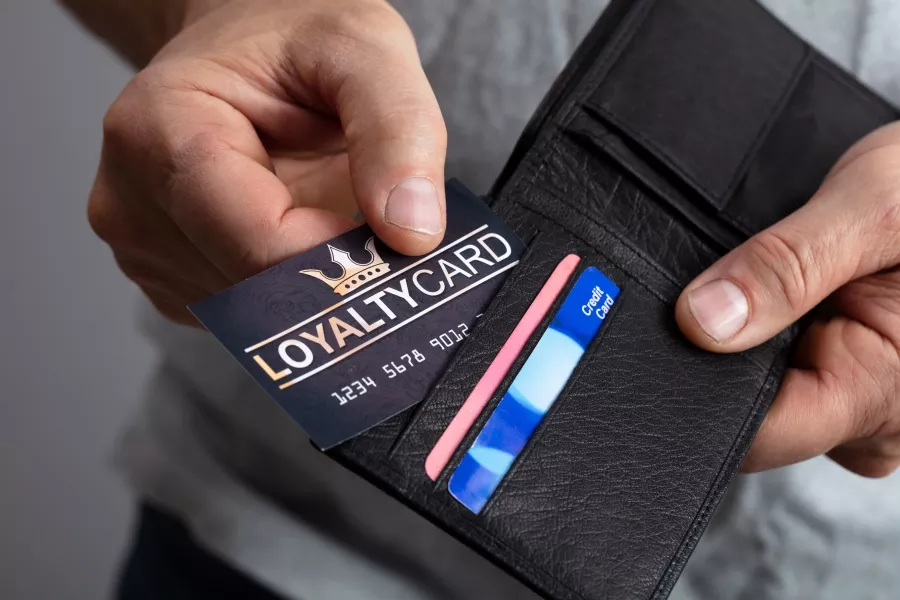
- 73% of consumers are more likely to recommend brands with good customer loyalty programs.
- 78% are more likely to continue doing business with companies that get it right in this department.
- 66% of consumers modify their brand spend to maximize customer loyalty benefits.
- 65% of Gen Z and Millennials are highly influenced by customer loyalty programs.
3 Customer Loyalty Program Examples
In regards to customer loyalty programs, there are many different models to follow. One of the most popular is the points program that incentivizes customers to spend more to get more. At Starbucks, a customer receives two stars (points) for every dollar they spend. As the points accumulate, they can use them to make future purchases.
A paid program allows customers to become VIP members by paying a monthly fee. This unlocks discounts and exclusive services. Massage Envy takes this approach. When customers pay a monthly amount, they get to redeem a massage or other qualifying service at a discount. They also receive special member prices for additional products and services.
Some businesses, such as TOMs shoes, have value-based customer loyalty programs. It is similar to a points program, only it donates the accumulated points (money) to causes you both support. In the case of TOMs, a pair of shoes is donated to an underprivileged child for every pair it sales.
Once you nail down your game plan, it is time to implement it into your store structure. If you run your eCommerce store on Magento, the Amasty extension (available in the Magento Marketplace) is a feature-rich plugin that allows you to incorporate rewards into your platform. Other eCommerce platforms have their own solutions as well.
3. Adopt Salesforce As Your CRM
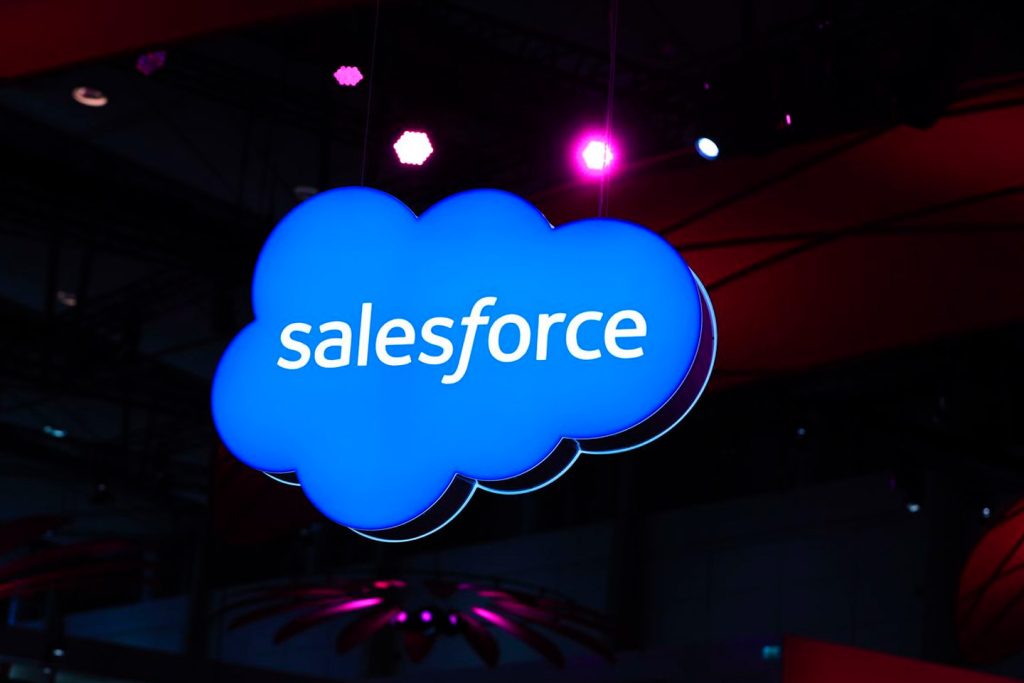
Customer Relationship Management systems simplify processes for those in the eCommerce industry. The Salesforce CRM, in particular, has customer retention strategies built in. Salesforce is continually advancing its artificial intelligence software, something Irish-based Ulster Bank credits for its customer loyalty success.
What can Salesforce do to help turn someone into a repeat customer? One of the most notable ways is by centralizing data and creating useful insights. You can track customer interactions and use that knowledge to market to each person individually. The system also generates 360-degree profiles that show key metrics on every customer at a glance.
Because Salesforce keeps you informed on customer behavior, you can strike when the iron is hot. If a customer shows interest in one of your products, you can seize the opportunity to email them a coupon code.
Data shows that a little personalization can go a long way when it comes to positive brand interactions. With Salesforce, you can customize communication by addressing customers by name in emails. Research conducted by Red Point Global says more than half of customers expect personalization as a standard when receiving special offers.
The customer service apps available within Salesforce can also help enhance the customer experience. When a person’s contact with your team is positive, they will be more likely to become a repeat spender.
4. Keep in Touch With Your Customers

- 77% of consumers crave free products
- 75% expect discounts and offers
- 66% want free samples and 57% want free services
- 41% welcome opportunities to win something, and 32% like surprises from brands
5. Build a Quality Team
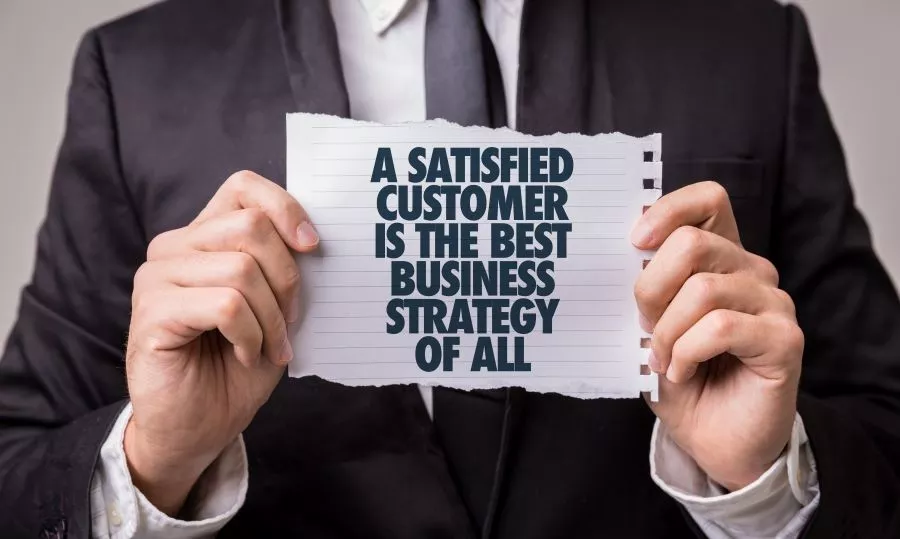
Your customer service team is at the front line of consumer contact. That is why it is essential to hire people you trust to be helpful and courteous with every interaction.
Good customer service is not only a best practice all businesses should prioritize, it plays a major role in increasing customer loyalty. The International Council of Shopping Centers (ICSC) reports almost 60% of consumers are more satisfied with in-store customer service than when they shop online. This makes customer service initiatives even more important for eCommerce retailers.
Here are a few more insightful customer service statistics from ICSC, as reported by Access Development:
- 65% of consumers said quality customer service is a factor when deciding where to make their purchases
- 67% of consumers said good customer service encourages them to stay longer and/or spend more money
- 57% of people would pay more for an item or service if they know they will receive good customer service
- 73% of consumers said receiving good customer service from a retailer increases the likelihood they will spend more money than they had planned
Loyalty 360’s research says fast response, knowledgeable service agents and quick resolution to issues are the three most important elements for quality customer service. Saying thank you at the end of every communication opportunity is also a must.
Fostering a positive atmosphere where your employees feel appreciated is one of the best things you can do to ensure they treat your customers the way you expect. You may also consider offering training to staff that teaches strategies for keeping customers happy.
6. Adopt a Subscription-Based Business Model

There are many reasons why subscription-based businesses enjoy a higher return on investment. If you are grappling with how to increase customer loyalty, launching a subscription service may be the way to go.
Subscriptions are convenient for customers because they do not have to place a recurring order. They also provide business owners with more predictable revenue streams, and you may decide to offer one low price for bundling items or services.
Subscription boxes have proved lucrative for many eCommerce businesses as well. According to YouGov’s research, you should be strategic about marketing demographics for boxes. Consumers in the 18-34 age group are more likely to believe the boxes simplify their budgets. They also find it appealing to try new products they otherwise would not have.
Simply offering a subscription service is not enough, though. Once you make the decision to offer a recurring service, you must have the infrastructure in place to support it.
Your customers will expect flexible billing options and terms as well as control over their subscriptions. Trusted subscription management tools are a must in this situation. In fact, we’ve dedicated an entire blog post to the tech stack you’ll need for running a successful recurring revenue business.
4 Questions to Ask Yourself When It Comes to Customer Loyalty

If you find yourself ready to revamp your eCommerce customer loyalty strategy, plan a brainstorming session and answer the following questions.
1. Is My Product or Service Useful?
2. Is My Business Staying Relevant?
It is also smart to stay on top of emerging trends in your industry or niche. Are you staying relevant? Do you evolve with customer demand? If you are staying idle, your competition has ample opportunity to lure your customers to their side.
3. How Can I Improve Brand Interactions?
Reputation is everything in a digital world where reviews are available for the world to see. Research shows customers who have a bad experience are 2-3 times more likely to leave a negative review than happy customers are to leave a positive one. Encouraging your customers to leave a review when they have a good experience helps counterbalance this. However, implementing an overall strategy for improved customer experience is key.
eCommerce is a fast-growing industry, which lends itself to increased competition. Taking intentional steps toward customer loyalty is in your best interest. One at a time, you can gain another customer for life with the strategies outlined here.
4. Should I Seek Professional Assistance?
Seeking out the right mentors is also a way to help take your subscription business to the next level, and we’re here to help. If you would like to speak to an eCommerce expert at PowerSync, schedule your risk-free, complimentary consultation today.

